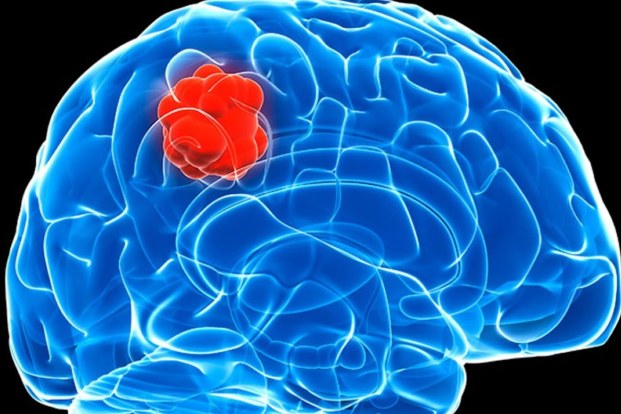What is an Oligodendroglioma - Risks, Causes, Diagnosis and Treatment
Apr 19, 2022
Oligodendroglioma is a tumor that can occur in the brain or spinal cord. Oligodendroglioma arises from oligodendrocytes cells in the brain and spinal cord that produces a substance which protects nerve cells myelin .Oligodendroglioma can occur at any age, but most often affects the adults.

Signs and symptoms-
It can manifest as seizures & headaches. Weakness or disability can occur in the part of the body that’s controlled by the nerve cells affected by the tumor. Oligodendroglioma treatment usually involves surgery to remove the tumor. Additional treatments may be necessary if the tumor is aggressive or is more likely to recur. A family history of brain tumors was associated with an increased risk of anaplasticoligodendroglioma.
Oligodendrogliomas can develop at any age. They typically develop in young and middle-aged adults and rarely (6 percent of cases) in children or infants. They occur more often in men than women. In general, oligodendrogliomas have a better prognosis and better response to therapies than other infiltrative gliomas.
Types:-
There are four grades from 1 to 4 depending upon histology, where Grade 1 is easiest to treat while Grade 4 makes the cancer difficult to handle.
Causes:- These are majorly unknown. However, known ones are listed below-
- Exposure of brain to radiations
- Genetic mutations in chromozomes 9 and 11
Treatment- The primary treatment modality are surgeries followed by chemotherapy and radiotherapy depending upon grade of tumors.



.jpg)




